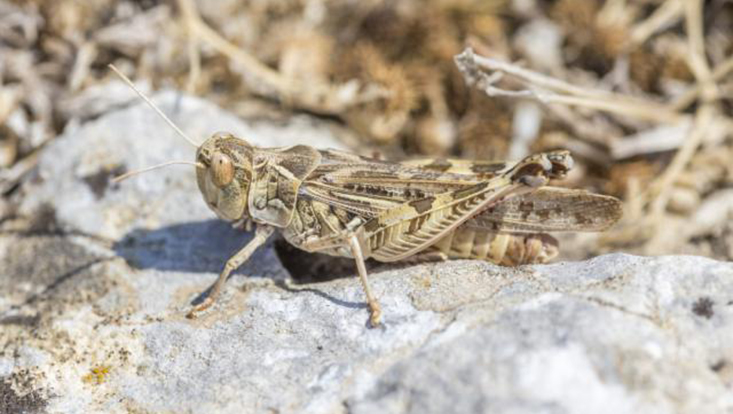Department of Entomology
Why are there so many species on earth? How did they evolve? And what can we do to protect them? These are the large questions we are interested in. To answer these questions we use different insect groups as model systems and apply a large spectrum of genetic and biometric methods. Our main model taxa are the band-winged grasshoppers (Oedipodinae), the bees (Apoidea) and the caddis flies (Trichoptera). We do local projects in and around Hamburg, but also work in the Mediterranean, Iran, Central Asia, Thailand and in North America together with our collaborators. Currently, we participate in barcode projects in Germany (GBOL), Thailand, Georgia and Iran.
The basis of our research are our large collections, which we use in a variety of ways. We use the old records to generate distribution maps and to compare historic and contemporary ranges of species. Such data is also the ground work for the generation of red lists. In addition, we develop and optimize methods to use the collection material for molecular studies. Many species have only been rarely collected and occur only in difficult to access areas. The may represent important taxa for phylogenies and are only available in historic collections. For many species we have large numbers of specimens collected at different times, which allows us to do population genetic studies to determine shifts in allele frequencies and gain a direct understanding of evolutionary patterns and drivers. Further, the large type collection is an essential resource for taxonomic revisions, and our undetermined material represents a great resource to discover new species. ... [ more ]




